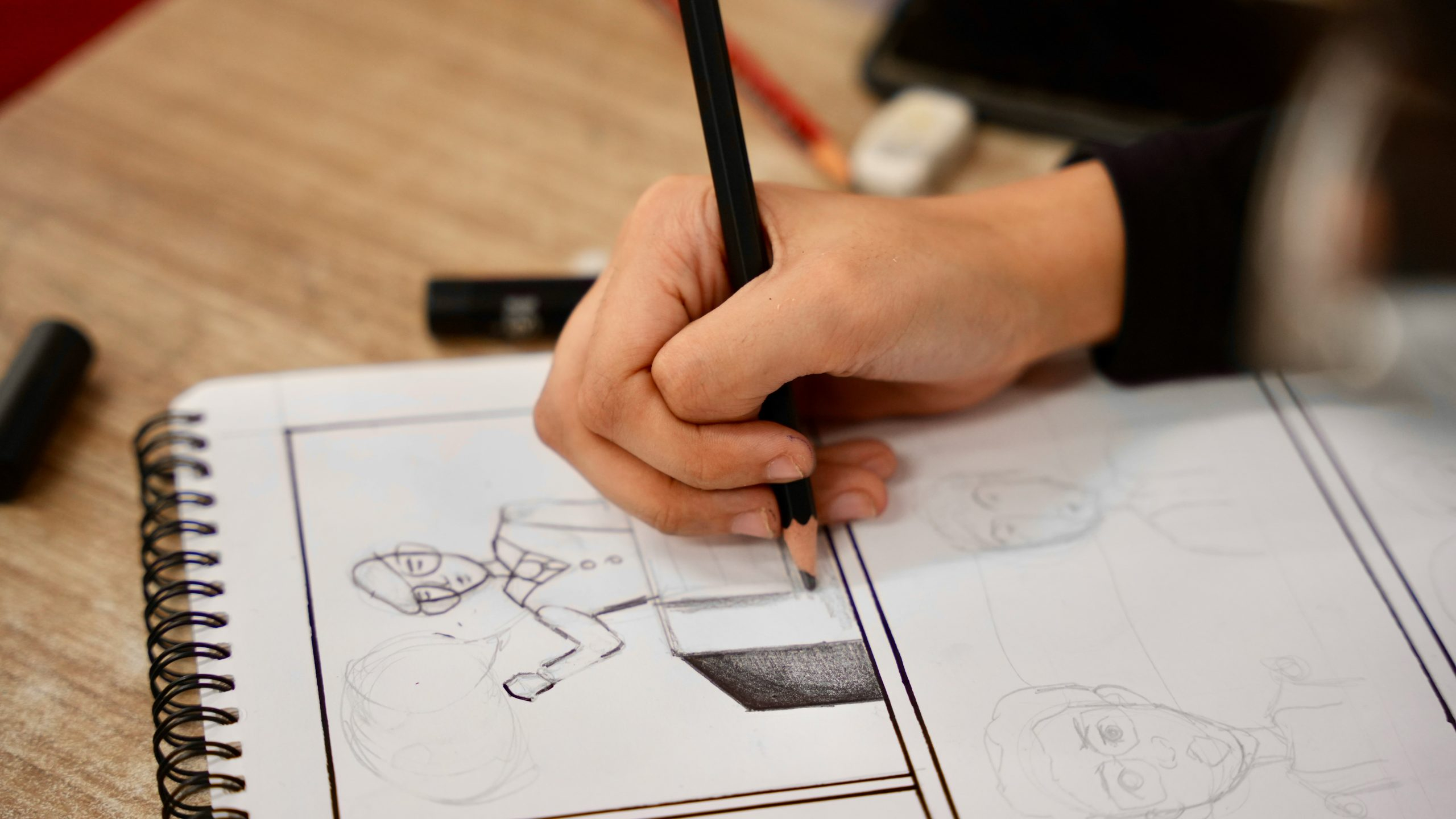The impact of school design on student engagement and learning
Welcome to the world of school design, where the physical environment plays a crucial role in shaping student engagement and learning. Gone are the days of traditional classroom layouts with rows of desks facing a teacher at the front of the room. Instead, school design now focuses on creating learning spaces that promote collaboration, creativity, and critical thinking. But why does school design matter and how does it impact student engagement and learning? Let’s explore this topic further in this article.
The Power of School Design
School design is more than just aesthetics – it’s about creating a functional and conducive learning environment for students. The layout, furniture, colors, lighting, and even the acoustics of a school all have a powerful influence on students’ attitude, behavior, and academic performance. In fact, a study by the University of Salford found that classroom design can impact students’ learning progress by up to 25%. That’s a significant percentage, which we cannot ignore.
Promoting Collaboration and Creativity
Gone are the days of stiff and stagnant classroom settings. School design is now all about promoting collaboration and creativity among students. This can be achieved through flexible and versatile learning spaces that can easily be reconfigured for different activities and group sizes. For example, classrooms can be equipped with movable furniture, such as tables on wheels, to promote group work and project-based learning.
Furthermore, school design can also incorporate dedicated spaces for collaborative work, such as communal learning areas, quiet study pods, and maker spaces. These environments encourage student interaction, communication, and teamwork, essential skills for success in the real world.
Enhancing Comfort and Well-Being
The physical environment can also have a significant impact on students’ comfort and well-being, which in turn, affects their engagement and learning. Imagine trying to concentrate in a classroom with poor lighting, uncomfortable chairs, and noisy surroundings – it’s nearly impossible. That’s why school design must prioritize creating comfortable and healthy spaces for students.
Studies have shown that natural light, proper ventilation, and temperature control can improve students’ concentration, mood, and attendance. So, incorporating these elements in school design can contribute to a positive and productive learning experience. Additionally, schools can also incorporate green spaces, such as indoor plants or outdoor gardens, to promote a sense of calm and well-being among students.
Incorporating Technology in School Design
In today’s digital age, technology is an integral part of education. Therefore, school design must also consider how technology can be incorporated into the physical environment. This can include providing students with access to technology, such as laptops or tablets, and ensuring that the school has adequate digital infrastructure to support these devices.
Moreover, school design can also incorporate interactive technology, such as smart boards, virtual reality, and augmented reality, into the learning spaces. These tools can create immersive and engaging learning experiences, making lessons more interesting and effective for students.
Challenges of School Design
Revolutionizing school design comes with its challenges, particularly in terms of funding and resources. Redesigning or building new schools with modern and innovative features can be costly, and not all school districts have the budget for it. Furthermore, there may also be resistance to change from traditionalists and lack of support from stakeholders.
However, many schools have taken the initiative to transform their learning spaces and have seen positive results. For example, The Phoenix School in Salem, Massachusetts, has received international recognition for its innovative and environmentally-friendly design, resulting in improved student engagement and academic success.
In conclusion
The impact of school design on student engagement and learning cannot be ignored. By promoting collaboration, creativity, and well-being, and incorporating technology, school design can create an optimal learning environment for students. While there may be challenges in implementing these changes, it’s essential for schools to adapt and evolve to meet the needs of today’s students. After all, they are the future.











